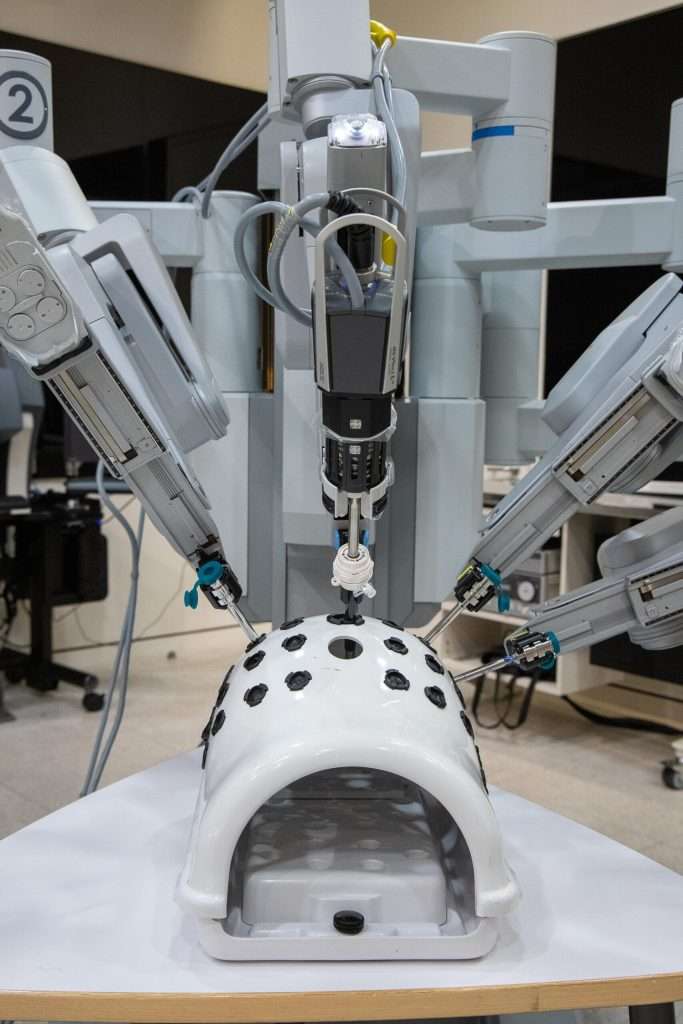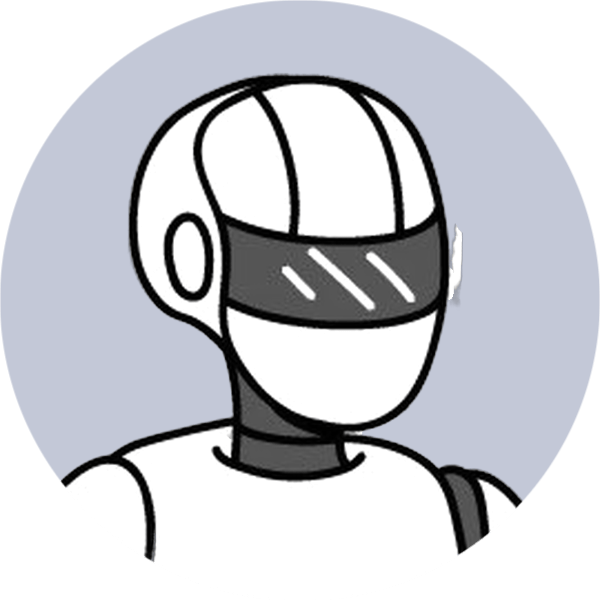
Robots and AI Transforming Healthcare
Healthcare industry has now embraced the realms of artificial intelligence (AI) and robotics, moving from its usual shell of science fiction. According to a Morgan Stanley report published in August, a staggering 94% of healthcare companies deployed AI or Machine Learning. The report also suggests an increase from 5.7% in 2022 to this year’s 10.5% in average budget allocation for AI and Machine Learning by these companies.
Every distinguished academic medical centre across the country is committed to developing, testing, and employing AI in their clinics. From individually operating robots that deliver critical doses of medications to AI systems that predict emergency room waiting times and life-threatening infections’ probability in cancer patients, hospitals are deploying these technologies for the increased efficiency of their businesses and enhanced patient care.
Exploding Tech Health Market
As per a MarketsandMarkets study released in January, the global health care market is slated to spend an estimated $20.9 billion on AI this year alone, with a projected skyrocketing to over $148 billion by 2029.
Implementation of AI technologies in healthcare has seen slow progress due to the need to validate models and ensure safety. Despite its slow pace, the industry continues to be careful not to harm patients and continue researching ways to maneuver AI solutions in the clinic.
AI applied in real-time clinical care has shown potential in early prediction of life-threatening conditions like sepsis. In cases where patients show ambiguous symptoms, AI has been instrumental in alerting healthcare professionals and providing them with crucial lead time to save lives.
Autonomous Drug Delivery
Hospitals like Antelope Valley Medical Center now employ robots to autonomously deliver medications and transport patient specimens for lab testing. Models like Moxi from Diligent Robotics Inc. have notably reduced the time needed for medication and lab pickups and deliveries, enhancing service efficiency.
Rounded Assistance via AI
Cedars-Sinai recently launched a free AI app called CS Connect. This chatbot aids patients in scheduling their appointments by interacting with them and analyzing their replies. It also helps physicians by providing them with a summarized history of the patient and potential diagnoses, saving valuable time.
Despite its benefits, biases in AI models can reflect healthcare discrimination biases. That’s why experts and researchers at Cedars-Sinai are working to combat AI bias to ensure equitable treatment for all patients, irrespective of gender, race, or economic status.
At UCLA Health, robots assist in surgeries and are completely controlled by the medical provider. Surgical procedures have been powered by robots since the early 2000s, showcasing significant advantages in patient recovery time and reduced hospitalization.
AI-Driven Emergency Room Experience
Children’s Hospital Los Angeles has launched an AI-based app, MyVisit, to enhance the ER experience. It helps families with real-time predictions and provides insights about ordered labs, test results, and care providers. This multilingual app has been incredibly well-received.
This year, we continue to see a rise in the application of AI and robotics in healthcare globally. With its increasing adoption, the future of healthcare might be an exciting blend of human intelligence and robotic precision to ensure the best possible patient care.
